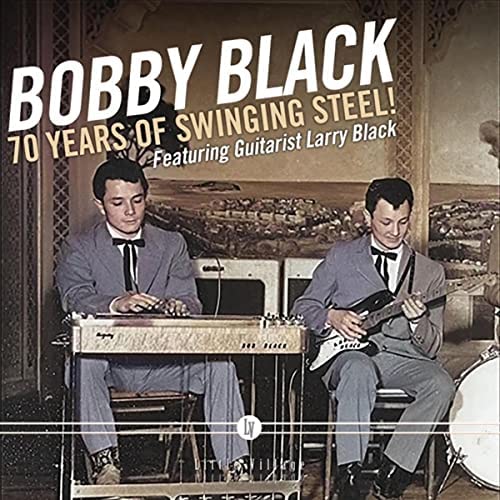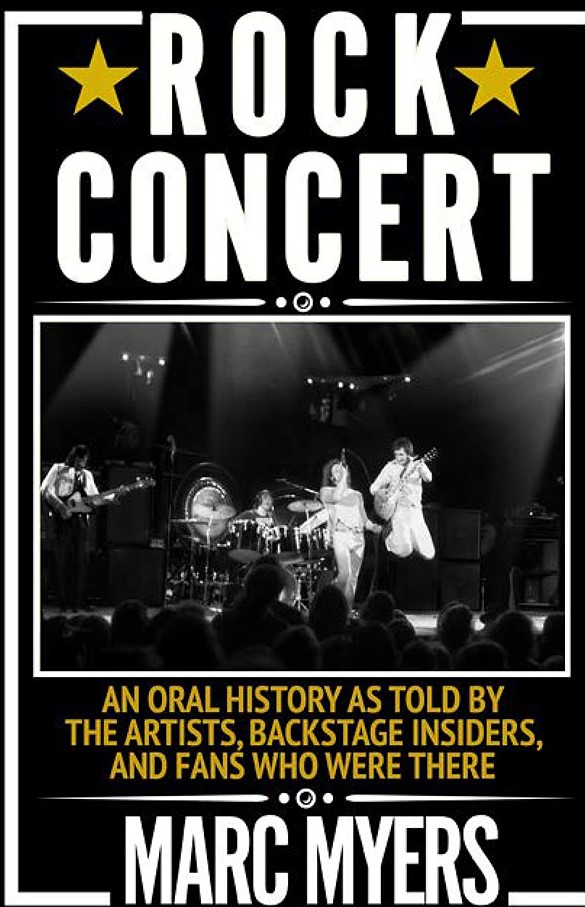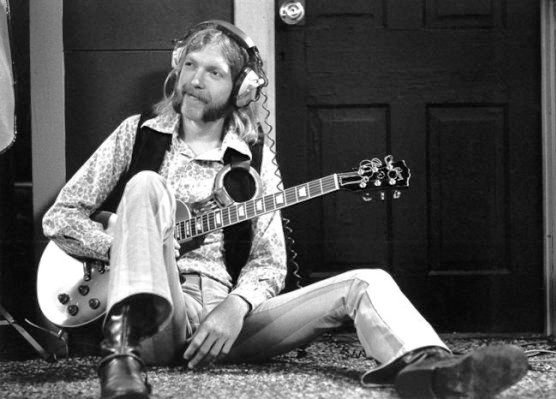The music of Memphissippi Sounds, legendary steel guitarist Bobby Black and newly released live recordings of Johnny Cash were featured on the Dec. 18 edition of Greasy Tracks.
The program included interviews with drummer Cameron Kimbrough of Memphissippi Sounds as well as Black, Hawk Semins of the Owsley Stanley Foundation and John Carter Cash, the only son of Johnny Cash and June Carter Cash.
Check out the archive by clicking here for an archive, while a playlist is here.
The Memphissippi Sounds are drummer Cameron Kimbrough — the grandson of the iconic Junior Kimbrough — and harp player Damion “Yella P” Pearson — incidentally each sings and plays guitar.
Kimbrough’s namesake developed his own style of Mississippi hill country blues which flirts with droaning bolstered by a mid-tempo rhythm based on using his thumb on the bass strings.
Hailing from North Mississippi, Cameron Kimbrough and Memphis native Pearson have branched off on that theme and by injecting Memphis blues with flourishes of soul, hip-hop and rock, have essentially created their own unique sound which is captured on their debut release, Welcome To The Land (Little Village). Fittingly, it was recorded at the famed Sun Studio in Memphis.
Consider the just-released Johnny Cash At The Carousel Ballroom April 24, 1968, as the middle part of an aural triptych bracketed by the legendary At Folsom Prison album — which was recorded four months earlier — and the equally epic At San Quentin which was put on tape about 10 months later. At Folsom Prison was released less than two weeks after Cash’s San Francisco appearance.
Recorded by The Grateful Dead’s innovative master of sound, Augustus Owsley “Bear” Stanley III, the performance by Cash at The Carousel Ballroom — the same building which less than three months later would become Bill Graham’s second and final Fillmore West location — has recently been released by the Owsley Stanley Foundation and marks the eighth edition of Bear’s Sonic Journals.
Stanley regularly recorded bands at the venue where was the sound engineer. At this time, it was in the midst of being operated by a collective formed by The Grateful Dead, Jefferson Airplane, Big Brother and the Holding Company and Quicksilver Messenger Service. This concert, a bill Cash headlined with Dan Hicks and his Hot Licks in support, would mark the only time he ever played the famed venue.
This proved to be a pivotal period for Cash who a month earlier had married June Carter. She is part of his line-up along with veteran sidemen “The Tennessee Three” — guitarist Luther Perkins, bassist Marshall Grant and drummer W.S. Holland who are outstanding on this 28-song collection.
In an effort to preserve Stanley’s “sonic journals” — 1,300 reels of live soundboard recordings of 80 artists — the Owsley Stanley Foundation was funded to finance the incredible undertaking of digitizing the massive trove of music. Thus far, they’ve gone through nearly 900 reels.
Veteran steel guitarist Black may be best known for his work with Commander Cody and His Lost Planet Airmen during their most prolific period (1971-74), but the recent release of Bobby Black: 70 Years of Swinging Steel (Little Village) captures an interesting array of primarily live concert or radio broadcast recordings made between 1954 and 1992.
Black also did time with New Riders of the Purple Sage and Asleep At The Wheel.
Earlier this year, a release by the foundation, Tim Buckley Merry-Go-Round at The Carousel, was spotlighted on Greasy Tracks.




















[…] led to a longer-term endeavor keeping the music of the Allmans live on stage. Paul recently was on WRTC…